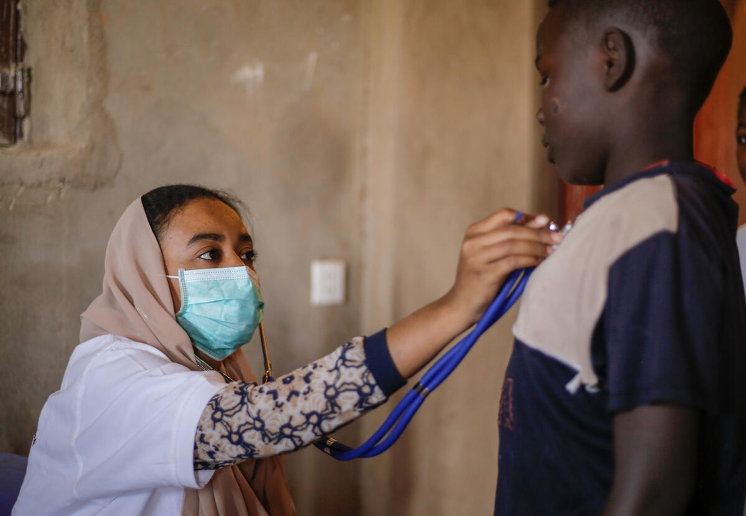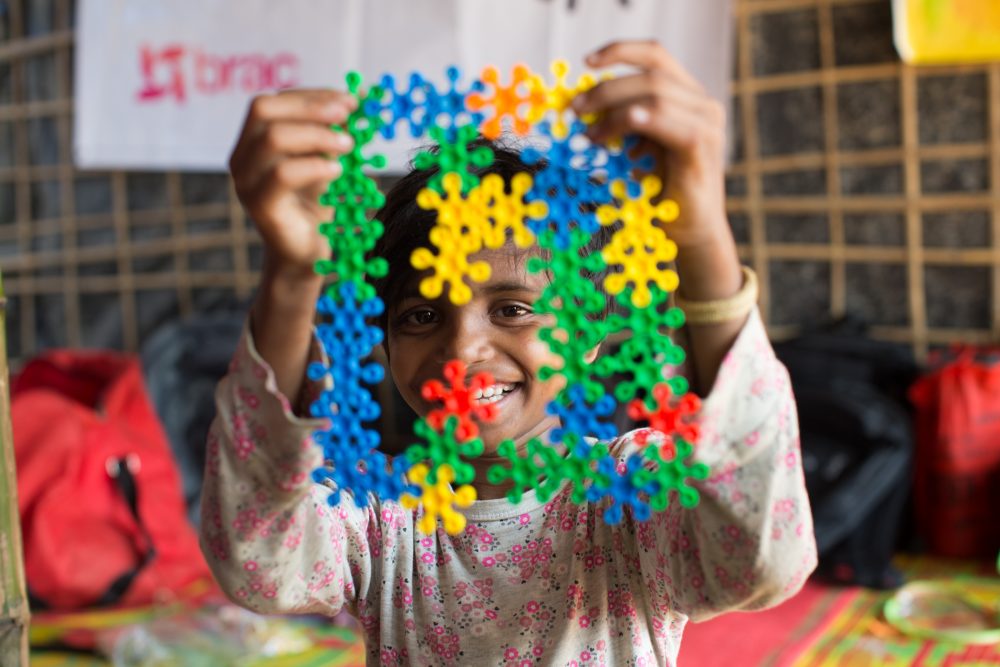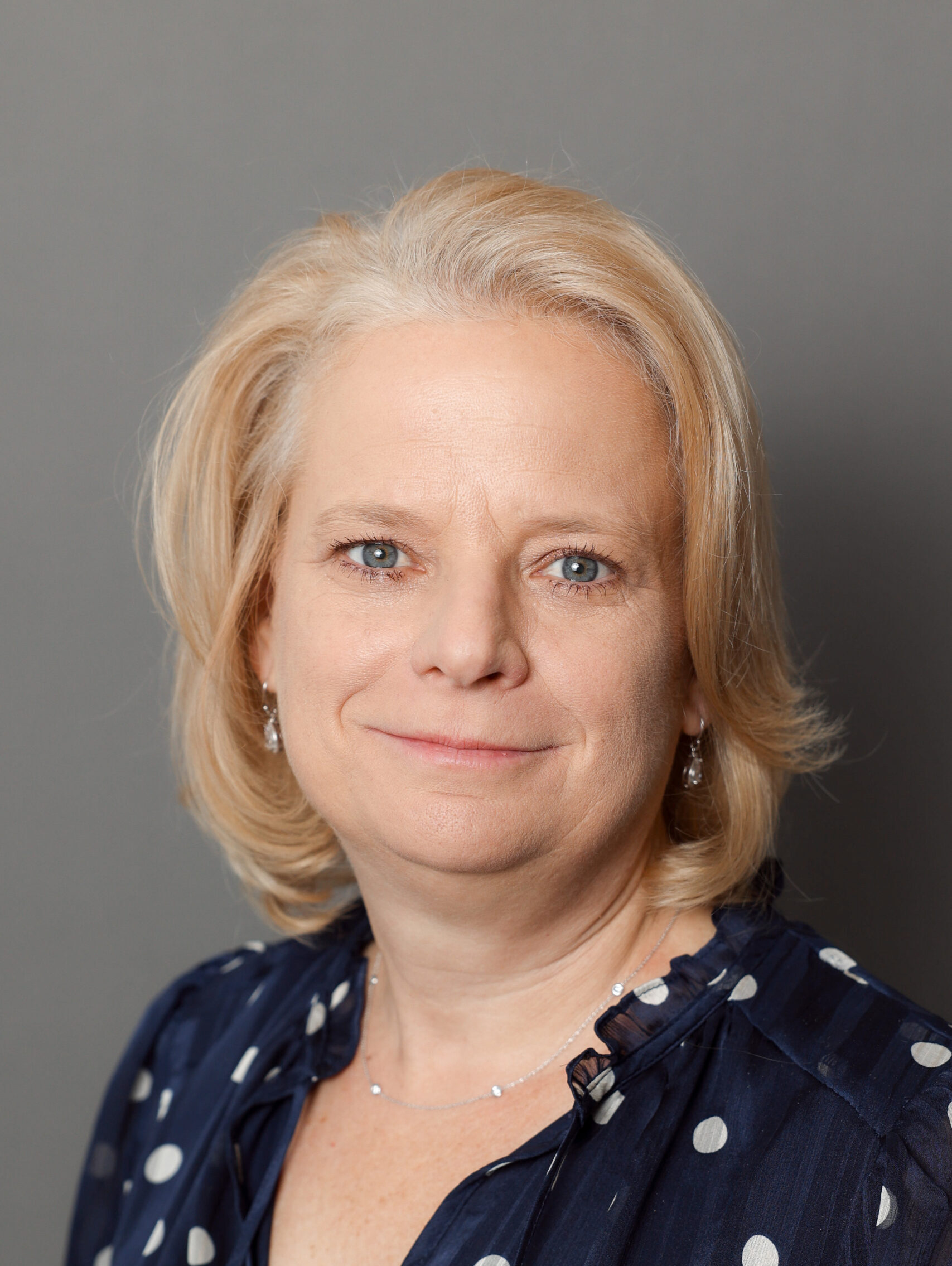Overcoming the Obstacles to Effective Humanitarian Response
From the start of the COVID-19 pandemic, which has claimed more than half a million lives, global leaders have struggled with how to protect and treat their own citizens while recognizing that pandemics do not recognize borders. In March, the United Nations Secretary General Antonio Guterres called for a global ceasefire as “we need to […]

From the start of the COVID-19 pandemic, which has claimed more than half a million lives, global leaders have struggled with how to protect and treat their own citizens while recognizing that pandemics do not recognize borders.
In March, the United Nations Secretary-General Antonio Guterres called for a global ceasefire as “we need to do everything possible to find the peace and unity our world so desperately needs to battle COVID-19. We must mobilize every ounce of energy to defeat it.” After several months of public, private and non-governmental organization (NGO) sectors rallying to provide urgent life-saving response, a recent report is shining light on problematic trends that are hampering these efforts.
What does this mean for funders who want to be a part of the collective response to save lives, ease suffering and strengthen communities?
Recurring structural obstacles to effective humanitarian response.
COVID-19 is a vulnerability accelerator. As we have seen in the United States, those who are already struggling with socio-economic factors such as poverty and racial inequities are more at risk. According to ALNAP’s state of the humanitarian system, most humanitarian action “takes place in countries experiencing multiple humanitarian needs.” Conflict is the largest single driver of these needs.
And yet, according to Strongest Together, a recent report released by 14 non-governmental organization consortia, the battle against the coronavirus continues to face operational impediments. The report highlights seven, and while I appreciate the urgency of the report’s notation of the issues and their specificity of impact during the coronavirus pandemic, I was saddened to note that none of them were new.
Several of the obstacles are due to the actions of parties to conflicts that reflect either a lack of forethought of potential consequences or a deliberate maneuver to harm populations on the “wrong side.” As a result, these actions hinder the ability of communities in need to access the life-saving services they require. They also put frontline workers at greater risk to the disease as well as physical harm.
Unfortunately, external impediments are not the only hindrances faced by humanitarians working in difficult circumstances. All too often in my career, I have been frustrated by how those who are there to help end up getting in their own way. The report calls for greater coordination and leadership, a mantra of the international response community, and one which is being echoed here at home.
Leadership and coordination across organizations are never easy tasks. In a crisis, they are exponentially harder. However, there is no excuse for when competition for funds or egos – whether personal or organizational – get in the way of our responsibilities to the communities we serve.
An opportunity for donor impact.
Lastly, the report highlights the need for funds to be given as close as possible to the people most negatively affected by the pandemic. It highlights that “engagement with local communities … must be funded, consistent and culturally conscious.”
Through our own COVID-19 Response Fund, the Center for Disaster Philanthropy has been taking this approach seriously. We prioritize funding that gets as close as possible to the needs, and our programming approach is defined and designed by nonprofits with a community presence.
What can donors do to help frontline NGOs succeed in their COVID-19 pandemic response?
- Provide organizations with flexible funding. Trust them to do that which they do best.
- Develop true partnerships with organizations that work with and support people in need. Have affected communities – not board rooms and donor HQs – design your program. It also means sharing risks such as fiduciary, legal, security and safety.
- Recognize that there will always be issues beyond the ability of your partner to remedy that hinder progress. Flexible funding will help them mitigate constraints by allowing them to be nimbler.
Learn how you can boost community capacity to lead humanitarian response to disasters in “Strengthening Local Humanitarian Leadership Philanthropic Toolkit” from CDP’s Disaster Philanthropy Playbook.
More like this

For equitable recovery from COVID-19, we can’t leave LGBTQ+ people behind

